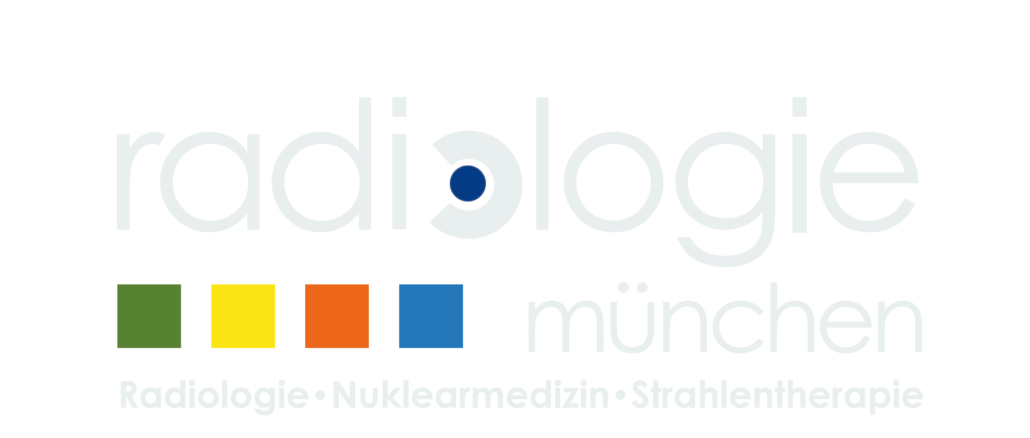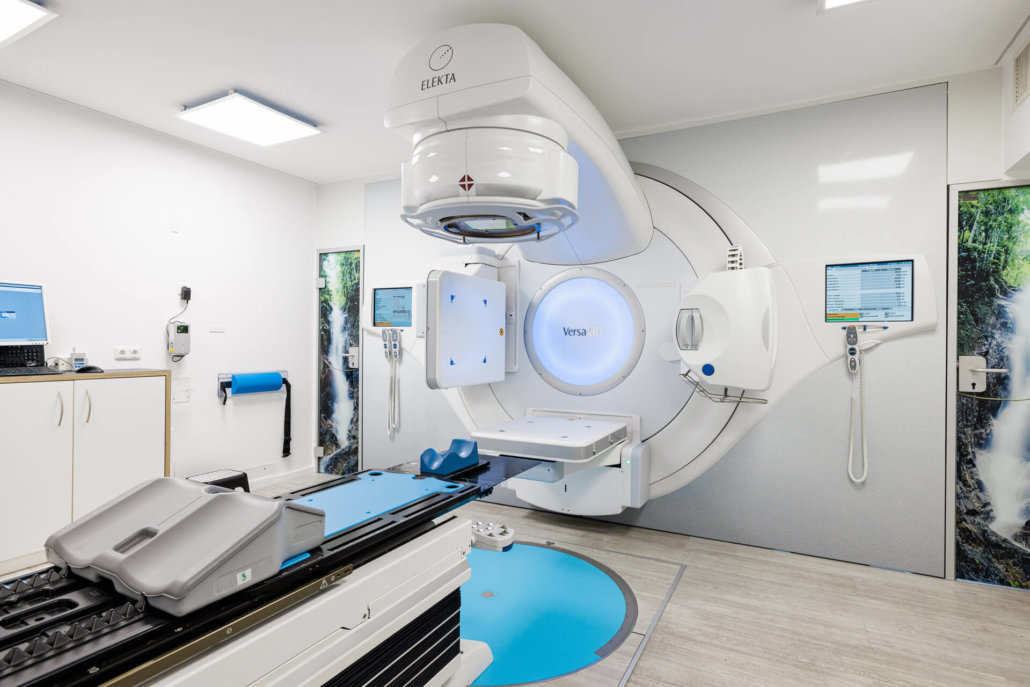What does radiosurgery mean?
(Stereotactic) radiosurgery is a radiation procedure in which, among other things, tumors and metastases are treated with the aid of high-energy radiation.
The diseased areas are irradiated with surgical precision so that surrounding tissue and organs are spared as much as possible. Because of the high targeting accuracy and absorbed dose, one or a few irradiation units are sufficient to achieve good results in the treatment of various diseases with this method.
Possible areas of application
Radiosurgery can be used for a variety of conditions. It is often used in the treatment of the following conditions:
Where is the possibility of radiosurgery in Munich?
We currently offer radiosurgery at our sites in MunichMaximiliansplatz and Schwabing) and in Wolfratshausen. Our team of specialists creates the treatment plan in coordination with radiation therapy to achieve the best possible results.

The treatment
The radiosurgery system has sophisticated digital image guidance and a linear accelerator. This technology ensures that the area to be treated can be irradiated with pinpoint accuracy from multiple angles of incidence using high-energy X-rays (photons). By bundling the beams, high energy is achieved at specific points. Surrounding body regions only come into contact with a small amount of radiation – even if the tumours are located deep inside the body.
Advantages of radiosurgery
The advantages of radiosurgery are its high precision and the use of high-energy beams. In most cases, a single treatment unit is already sufficient. If necessary, the treatment can also be divided into 3-5 sessions. This ensures optimal protection of the surrounding healthy tissue.
The high accuracy of the method also enables the treatment of body regions that are difficult to access. This makes radiosurgery less invasive than surgery.
The treatment is painless and can be performed on an outpatient basis. Anaesthesia or sedation is not necessary. This makes the treatment less stressful than conventional fractionated radiotherapy or surgery. In this way, the patient’s quality of life is not affected.
Radiosurgery procedure
The basis for a successful treatment with the radiosurgery method is an exact measurement and position determination of the body regions to be treated by imaging diagnostics. For this purpose, either a CT, MRI, PET/CT or angiogram is performed.
To ensure that the patient does not move during the treatment and in this way does not impair the irradiation precision, the irradiated body region is fixed during the irradiation. In case of irradiation in the head area, an individual irradiation mask is made for the patient before the treatment.
Before the irradiation, your attending physician will inform you about the irradiation date, possible side effects during and after the treatment.
The duration of irradiation depends on the complexity of the irradiation plan. As a rule, the treatment lasts about 20 minutes to 1.5 hours.
What side effects may occur?
Side effects rarely occur with radiosurgery and depend on what the disease is and what area of the body is being irradiated.
For example, when irradiating the head region, fatigue, dizziness, and headaches may occur. Treatment of tumors in the ear canal may cause temporary hearing loss in individual cases.
Please talk to your attending physician about possible side effects and how you as a patient can best react to them.


